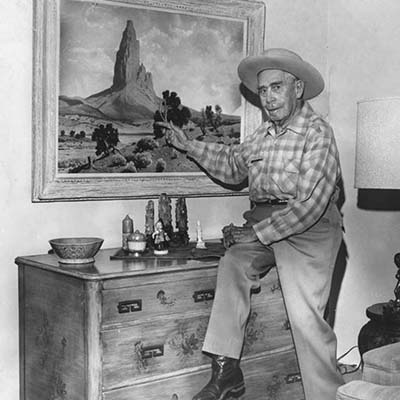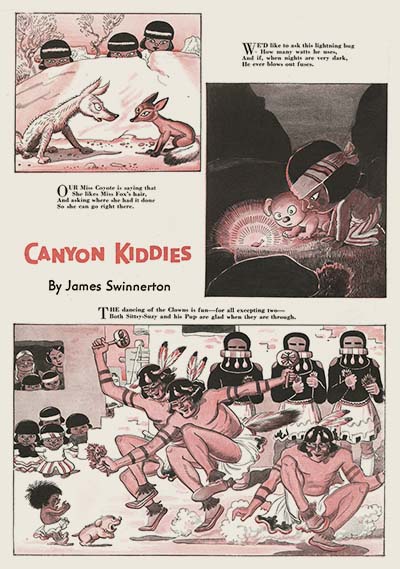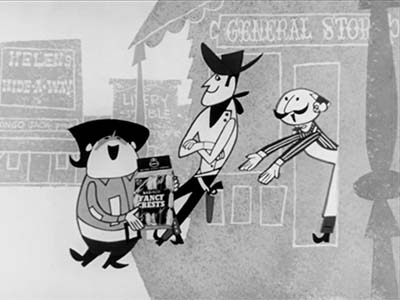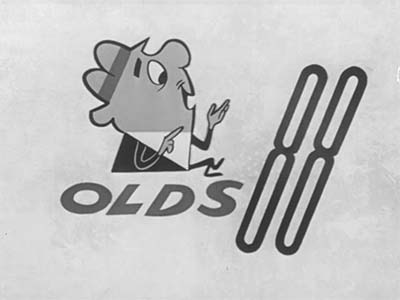People who aren’t members of Animation Resources don’t understand how comprehensive our Reference Packs are. Over the next couple of weeks, we will be posting what each section of our current RefPack looks like, starting today with the Featured section. If you are a member of Animation Resources, click on this post to go to the Members Only page. If you aren’t a member yet, today is the perfect time to join! Our current Reference Pack is one of our best yet, and General and Student Members get access to a special Bonus Archive with even more material from past Reference Packs.
What are you waiting for?![]()
JOIN TODAY!
https://animationresources.org/membership/levels/

Every other month, Animation Resources shares a new Reference Pack with its members. They consist of an e-book packed with high resolution scans and video downloads set up for still frame study. Make sure you download the Reference Pack before it’s updated. When it’s gone, it’s gone!
JOIN TODAY To Access Members Only Content
PDF E-BOOK:

Jimmy Swinnerton’s Canyon Kiddies![]()
Volume One
Download this article
Jimmy Swinnerton was born in Northern California in 1875 and showed proficiency in art at an early age. Inspired by the cartoons of A. B. Frost, he enrolled at the San Francisco School of Design at age 14. He was hired by the San Francisco Examiner in 1892 to draw a weekly cartoon for the newspaper’s children’s page titled The Little Bears. Some have cited this as the very first comic strip, having been published three years before Outcault’s The Yellow Kid. William Randolph Hearst noticed how the comics were increasing sales and created a whole comics section for his papers.
In 1899 Swinnerton moved East to New York to work at the Journal-American where he continued to draw The Little Bears, as well as a strip called Mount Ararat based on Noah’s Ark. This led to an adult comic called Mr. Jack, which featured a anthropomorphic tiger character. Mr. Jack was later moved to the editorial pages and in 1904 Swinnerton launched Little Jimmy. Thirty years after the character’s creation, the Fleischer brothers created an animated version of the character as a sidekick for Betty Boop. The comic strip continued to appear in the Hearst papers until 1958 and included Pablo Picasso among its fans.
In 1907, Swinnerton was diagnosed with tuberculosis and was given two months to live. William Randolph Hearst was fond of him, and sent him West to Colton, California in hopes that the mild weather and dry air would help his illness. Swinnerton’s tuberculosis cleared up completely and he never left the West for the East coast again.
Traveling and living in Arizona, Swinnerton’s art began reflecting a Southwest desert landscape. He befriended Native American locals and treated them as peers. He was quoted as saying, "No one can become bigoted and narrow in the midst of broad desert vistas and great canyon walls." Good Housekeeping magazine hired him to produce full color single page stories about Native American children called Canyon Kiddies. Chuck Jones admired the comics and hired Swinnerton to work on an animated adaptation called "Mighty Hunters" in 1940.
Native American culture made a lot of sense to Swinnerton. He said, "You know, Indians are extremely art-conscious. You can see it in everything they make and do. Every little household utensil has its own good proportion or decoration, and art has an important place in their religion. Why, they even use art in the form of sand drawings, to cure the sick. Some of our modern hospitals with glaring white walls would do well to study the psychological effect of color and design on sick persons."
In 1920 Swinnerton took up oil painting and became well known for his Southwestern landscapes. He continued to paint into his 90s and passed away in 1974 at age 98.
Swinnerton’s own words explain his philosophy of art. "Nature is the only true teacher. An art school can teach one to observe and to master the ability of drawing and painting, but no mere technical skill is sufficient to bring out the fine things in nature. First an artist must love and humbly study nature, remembering all the while that man with all his skill and scientific knowledge cannot so much as create a blade of grass or a grain of sand… The duty of the artist is to experience these things and then reconstruct his experience on canvas.
The painter who works entirely in the studio on abstract nothings conjured up by his own feverish brain has very little to give the world. His paintings may find favor in the eyes of a few other neurotics who have had similar nightmares, and if his stuff follows the mechanical rules of color, balance and composition it may furnish the material or the writings of sensation-seeking art critics and their pseudo-sophisticated followers. But art that does not find its inspiration in nature has little to recommend itself to future generations and will be remembered principally as a curiosity.
To me, landscape painting is a short-cut to faith. The artist cannot hope to recreate nature. The finest artist in the world cannot paint a perfect flower. The real purpose of a painting is to call attention to the beauty in nature. A successful painting is a sign post reading, Yonder is beauty! Go see for yourself."
These comic pages from the pages of Good Housekeeping date from the 1920s to the late 1940s. They were digitized by Andreas Rodriguez and digitally restored and laid out by Stephen Worth.
PDF / 122 Pages / 1.09 GB Download
JOIN TODAY To Access Members Only Content
Two More Commercial Reels
![]()
Mid 1950s
Television commercials are so ubiquitous, we rarely give them a second thought. But a great deal of strategy goes into their creation. A commercial is designed to do three things… First, it must create a desire in the public’s mind for a particular product or service. Beautifully photographed scenes of steaming hot coffee being poured into cups; syrup dripping down the sides of buttered stacks of pancakes, pizzas being pulled out of ovens… all this is designed to get us salivating for the product. Secondly, an advertisement should build brand awareness and convince the audience that the sponsor’s product is better than that of the competitors. We are told that a product is “new and improved”, or it’s the brand doctors recommend, or studies show it’s 25% more effective against arthritis pain. Lastly, and this is often overlooked, a commercial is expected to engage and entertain the audience. Animated television commercials can inspire desire and build brand awareness as well as live action can, but it’s particularly effective at achieving that last goal.
One of the biggest obstacles in television advertising is to keep the viewers engaged. The audience has the remote control in their hand, and they are one click away from channel surfing when the commercial break comes up. You might click away from a live action spot, but who would change channels on Tony the Tiger or the Trix Rabbit? When we look at a live action commercial from the 1950s or the 1970s, we see dress and hair styles that make the spots look dated. But animation is timeless. An audience may not connect with a particular live-action spokesperson, but they instantly identify with animated characters. The best animated commercials can be seen dozens of times and be just as entertaining on the twentieth viewing as the first. All of these attributes make animation uniquely suited for advertising.
Cartoon commercials may just be the most delightful form of animation. They are compact, entertaining, and every one allows for a completely new approach. Grim Natwick said that he had the most fun working on commercials in the 1950s and 60s because he was free to experiment with design and timing. He learned from every one. I hope you learn from them too.
Animation Resources has shared many commercial reels with its members in the past, and we’re happy to share two more courtesy of our Advisory Board member, Steve Stanchfield.
MP4 Video File / SD / 7:31 / 70 MB Download
MP4 Video File / SD / 8:52 / 75 MB Download
JOIN TODAY To Access Members Only Content
Haven’t Joined Yet?
Check out this SAMPLE REFERENCE PACK! It will give you a taste of what Animation Resources members get to download every other month!

CLICK TO DOWNLOAD A Sample RefPack!
Animation Resources is a 501(c)(3) non-profit arts organization dedicated to providing self study material to the worldwide animation community. Every month, we sponsor a program of interest to artists, and every other month, we share a book and up to an hour of rare animation with our members. If you are a creative person interested in the fields of animation, cartooning or illustration, you should be a member of Animation Resources!
It’s easy to join Animation Resources. Just click on this link and you can sign up right now online…
JOIN TODAY!
https://animationresources.org/membership/levels/
![]()
![]() Animation Resources depends on your contributions to support its projects. Even if you can’t afford to join our group right now, please click the button below to donate whatever you can afford using PayPal.
Animation Resources depends on your contributions to support its projects. Even if you can’t afford to join our group right now, please click the button below to donate whatever you can afford using PayPal.




































